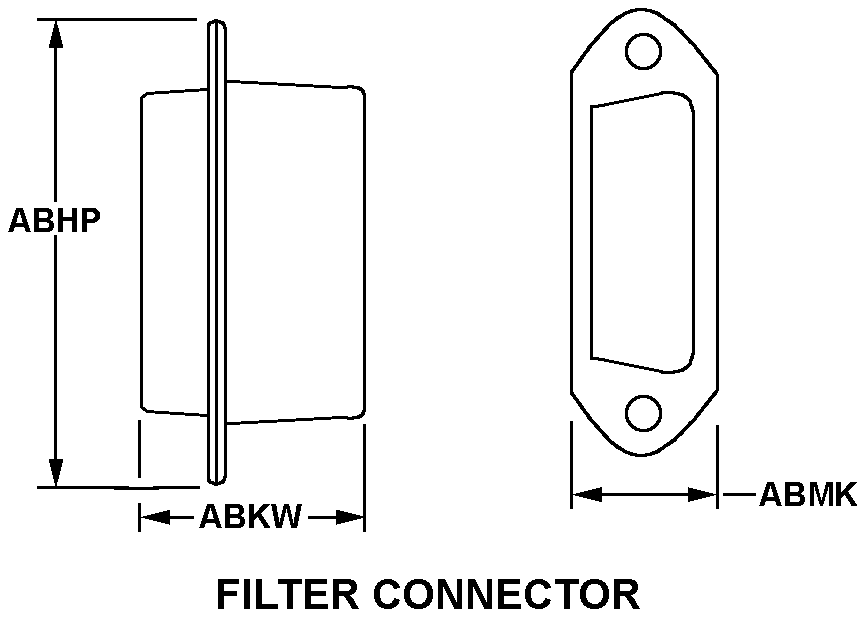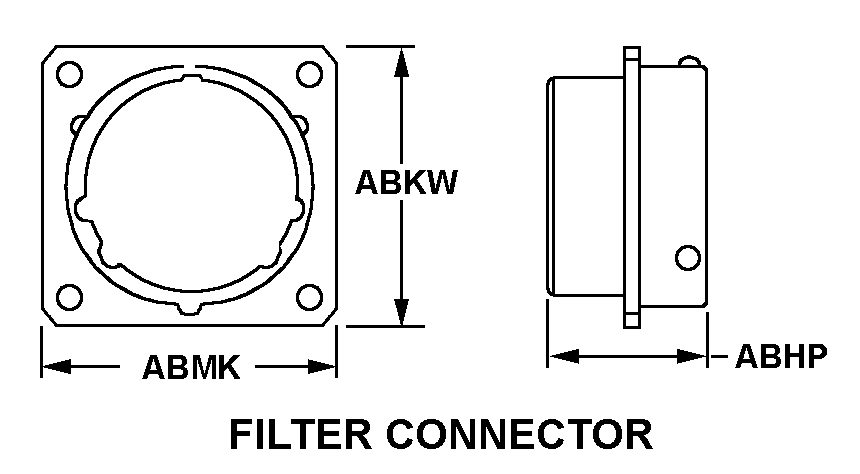5915013450613
Price Quote Get an up to date pricing and availability quote for this product. Order online or over the phone.
Quality Commitment
Serving our customers with quality and safety first.
- AS9120 Certified
- Audited supply chain
- ITAR Registered
- DDTC Registered
- HAZMAT Certified
- Customer service objectives
- Every product 100% inspected

5915-01-345-0613 Specification Set by the OEM (see RNCC code 3)
1.945in. ⁓1-61/64"
1.688in.
1.688in.
0.157in.
+10.0/+2000.0
1.375in.
-55.0/+125.0 deg celsius
50.0 ohms 6th radio interference
50.0 ohms 6th radio interference
7.5 1st radio interference
0.1 volts dc 6th radio interference
INDUCTANCE-Capacitance 4th radio interference
96906
MS27505E23B53P
encased
4 unthreaded hole
shock resistant
53 friction w/grounding strap and pin INPUT-Output
340.0 volts dc 6th radio interference 6th function
metal
800.0 volts at sea level
feat
nuclear hardness critical item
filter connector
Cross Reference Parts Part numbers that meet the specification outlined on this page and set by the OEM
Identification Item Identification Guide (IIG) and Item Name Code (INC)


Definition Definition of approved item name (AIN): "FILTER,RADIO FREQUENCY INTERFERE"
An item designed to suppress undesired (interfering) frequencies and have a minimal effect on the desired frequencies when inserted in an electrical power circuit. Excludes items which consist of a single capacitor, inductor, resistor, or devices consisting of only two or more circuit elements of the same basic name. Excludes filter, low pass and suppressor, ignition interference. For items designed to be inserted in a line which is primarily intended to carry high frequency waves modulated with signals, such as antenna lead-in, see filter, band suppression and filter, band pass. See also limiter, electrical noise.
5915-01-345-0613 Material Hazmat, Precious Metals, Criticality, Enviroment, and ESD
Indicates there is no information in the hmirs. The nsn is in a fsc in table ii of fed std 313 and a msds may be required by the user. The requirement for a msds is dependent on a hazard determination of the supplier or the intended end use of item.
Item does not contain precious metal.
The item does not have a nuclear hardened feature but does have other critical feature(s) such as tolerance, fit restrictions or application.
Identification Codes
HMIC: Hazardous Material Indicator Code. A one position code that identifies a hazardous item.
PMIC: Precious Metal Indicator Code. A one position code which identifies items that have precious metals as part of their content. precious metals are those metals generally considered to be uncommon, highly valuable, and relatively superior in certain properties such as resistance to corrosion and electrical conductivity.
ESD: Electrostatic Discharge. Indicates if an item is susceptible to electrostatic discharge or electromagnetic interference damage. electrostatic discharge damage occurs when an accumulation of static electricity generated by the relative motion or separation of materials is released to another item by direct contact. electromagnetic interference damage occurs when an item comes into proximity with an electrostatic or magnetic field.
ENAC: Enviromental Attribute Code. Identifies items with environmentally preferred characteristics.
CRITL: Criticality Indicator Code. Indicates an item is technically critical by tolerance, fit, application, nuclear hardness properties, or other characteristics.






